Camera Equipment: The Must-Have Gear for a Photography Beginner
Hire film gear from local filmmakers.

Hire film gear from local filmmakers.
What sort of camera equipment should a new photographer have?
Camera gear is much like cars. Sure, you need wheels, brakes, a gearbox, and an engine.
But what type of engine should you get?
A 1.6 Litre four-stroke turbocharged 90-degree V6 double-overhead camshaft reciprocating engine (a little much for a trip to the supermarket, maybe?), or a good old 1.0-litre TSI Unit?
Then comes the question of a battery, transmission box, alternator and so on. Also, do you need parking sensors, seat heating and autopilot?
The same thoughts and challenges are present when it comes to camera equipment.
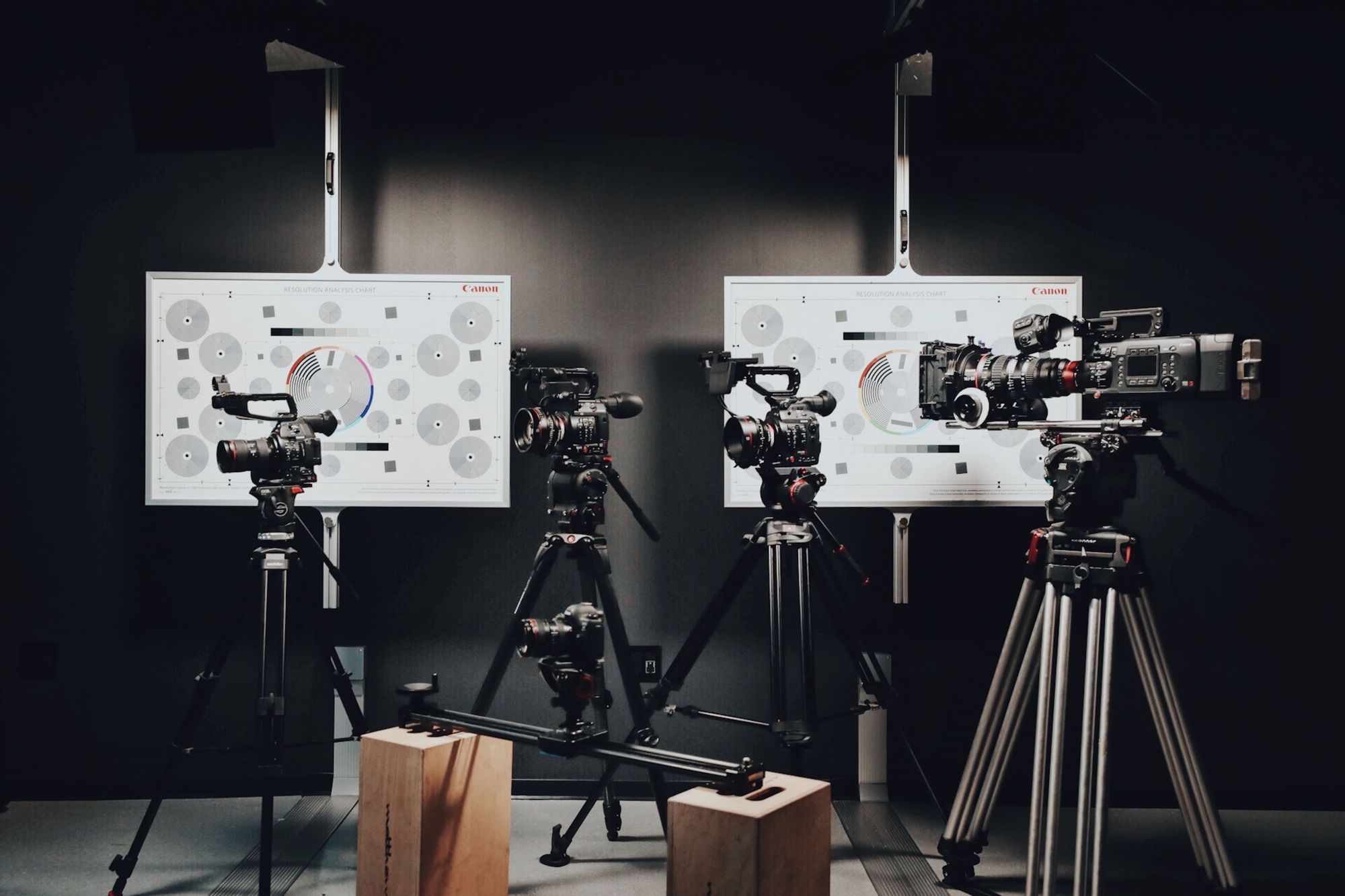
There's an array of different camera gear that you'll need as a photographer (like an engine, brakes and wheels), and then there's other camera gear that's not crucial but can help elevate your photographs (like dog mode, caraoke and heated windows).
This article provides the specifics of what any new photographer should include as part of their camera equipment kit. Everything from "if you want to take a picture, you'll need this" photography equipment to "now you're just showing off" kind of gear.
Essential photography equipment for beginners
I'll be the first to admit that behind every great photograph is a great photographer.
While the various camera equipment is great (and essential), your picture's success all boils down to you.
With that said, it's physically impossible to take a picture without at least a camera and a lens. Mental images not included. Also, you can't win a race with the regular 1.0-litre TSI Units; you need that V6 turbocharged engine – if you know what I mean?
So, here's a run-down of all the essential camera gear that'll make your photo go from "Yuck" to "Yowza".
A camera
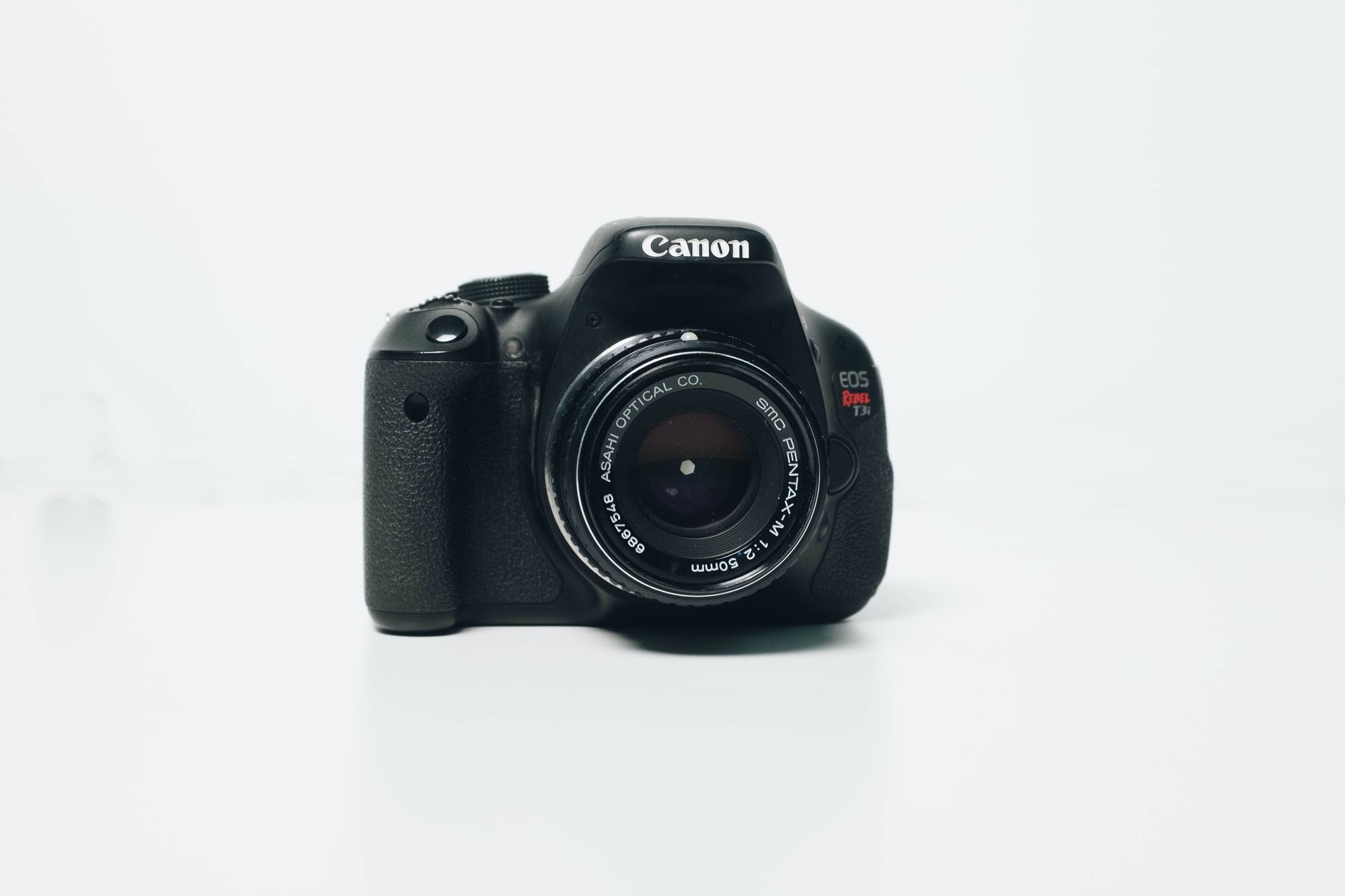
Nowadays, you can find a camera in most places.
Your phone. A CCTV. Your aunts' nanny-cam. In your want-to-have Tesla car. Etc.
However, as a photographer, savvy, or newbie, you'd want to get a proper camera.
A good camera is like an extension of your arm. It should be effortless to use, making it as easy as possible to capture the photo you have in mind.
As a new photographer, you should try to look for an entry-level DSLR or mirrorless camera.
When you're just getting into the photography world, you can't know which camera is the one for you. So, try a couple of different entry-level cameras and see which one is worthy of a rose.
Discover some of the best entry-level cameras.
And consider renting or subscribing to your camera(s).
A lens
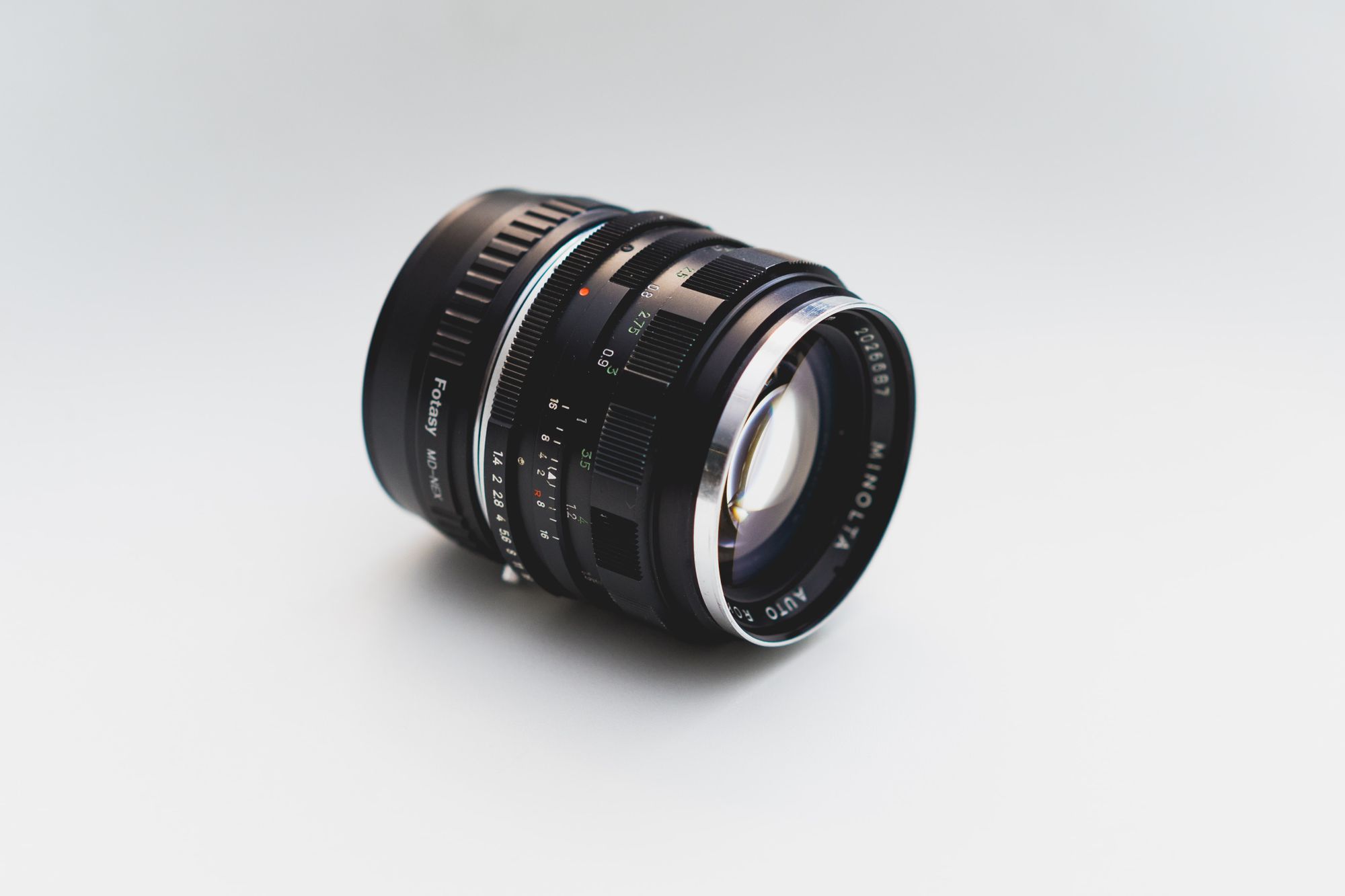
A lens – equally as important as a camera (some will even state more).
Why is a lens such an essential piece of photography equipment?
The lens is what ensures that the light reaches your camera sensor. Seeing as a photograph is about capturing light which then creates an image, a lens plays a somewhat important role.
I know, not necessarily the most straightforward concept to wrap your head around. But we're here to help. Learn all the essential concepts of photography.
When deciding on the best lens for your photography equipment kit, keep in mind, no two lenses are the same. Shapes, sizes, and prices vary significantly. More notably, each available model accomplishes something different.
There's no one-size-fits-all option, and that's why there are hundreds of lenses available on the market.
Overall, you can distinguish between a zoom lens or a prime lens. Each type of lens will do something different for your image.
Rent or subscribe to your next (possibly first) camera lens.
A tripod
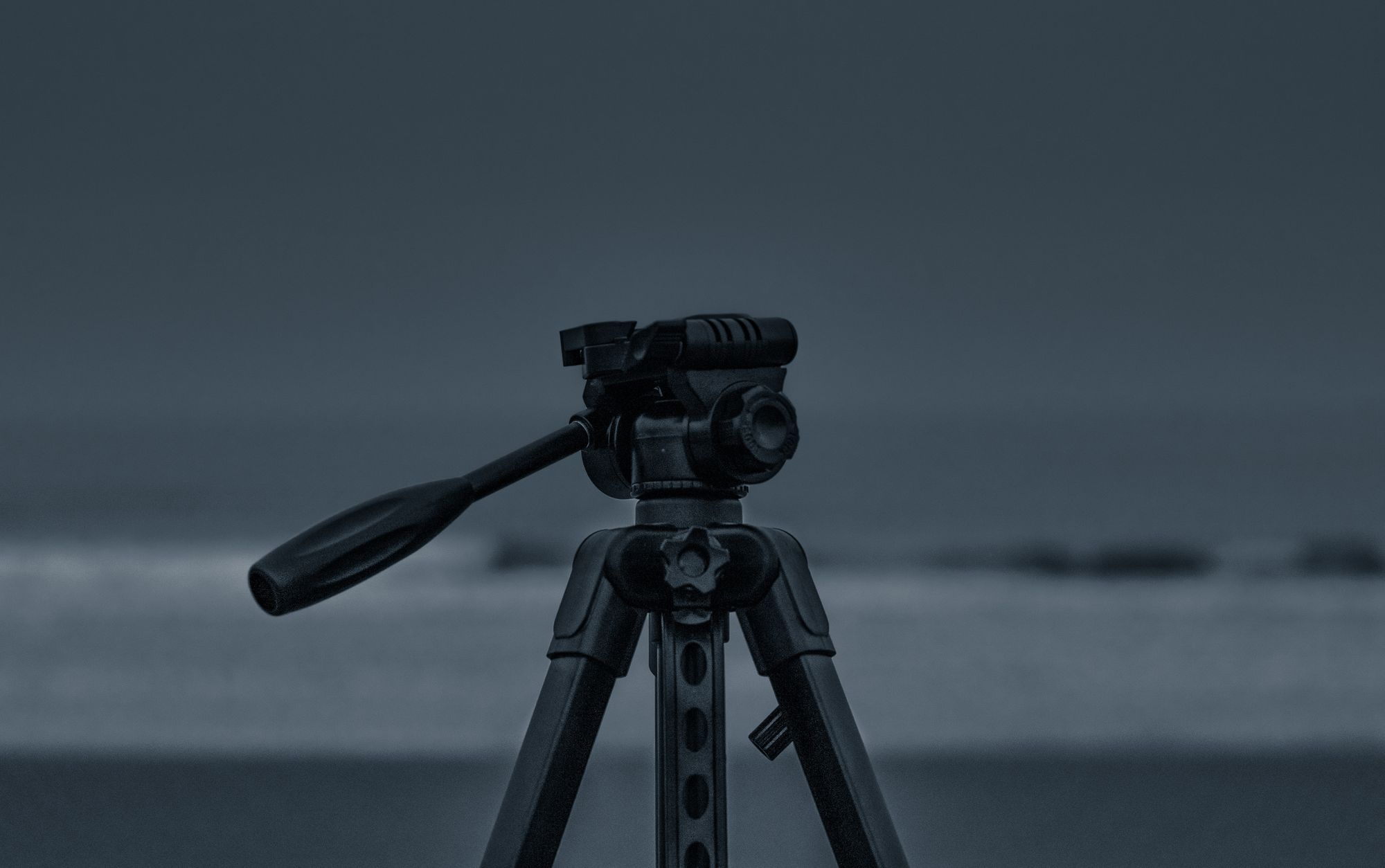
A tripod is an essential camera accessory for any photographer as it helps keep your camera stable and frees up your hand.
Although, the concept of a tripod can seem rather plain.
I mean, how important can it be to add three aluminium sticks glued together to your camera gear, right?
The thing is, a tripod is at least as necessary as its above-mentioned photography equipment buddies. Regardless of what you're shooting, eventually, you're going to need to stabilize your camera – in comes the tripod.
Supporting your camera and avoiding camera shakes is not a tripod's only skill. You can also use it as a stand-in assistant.
FYI: Three aluminium sticks glued together is much cheaper than hiring a human person to act as your assistant.
Use your tripod to hold a reflector, external flash or even a background to isolate a macro subject.
Rent or subscribe to your aluminium assistant, the tripod.
A flash
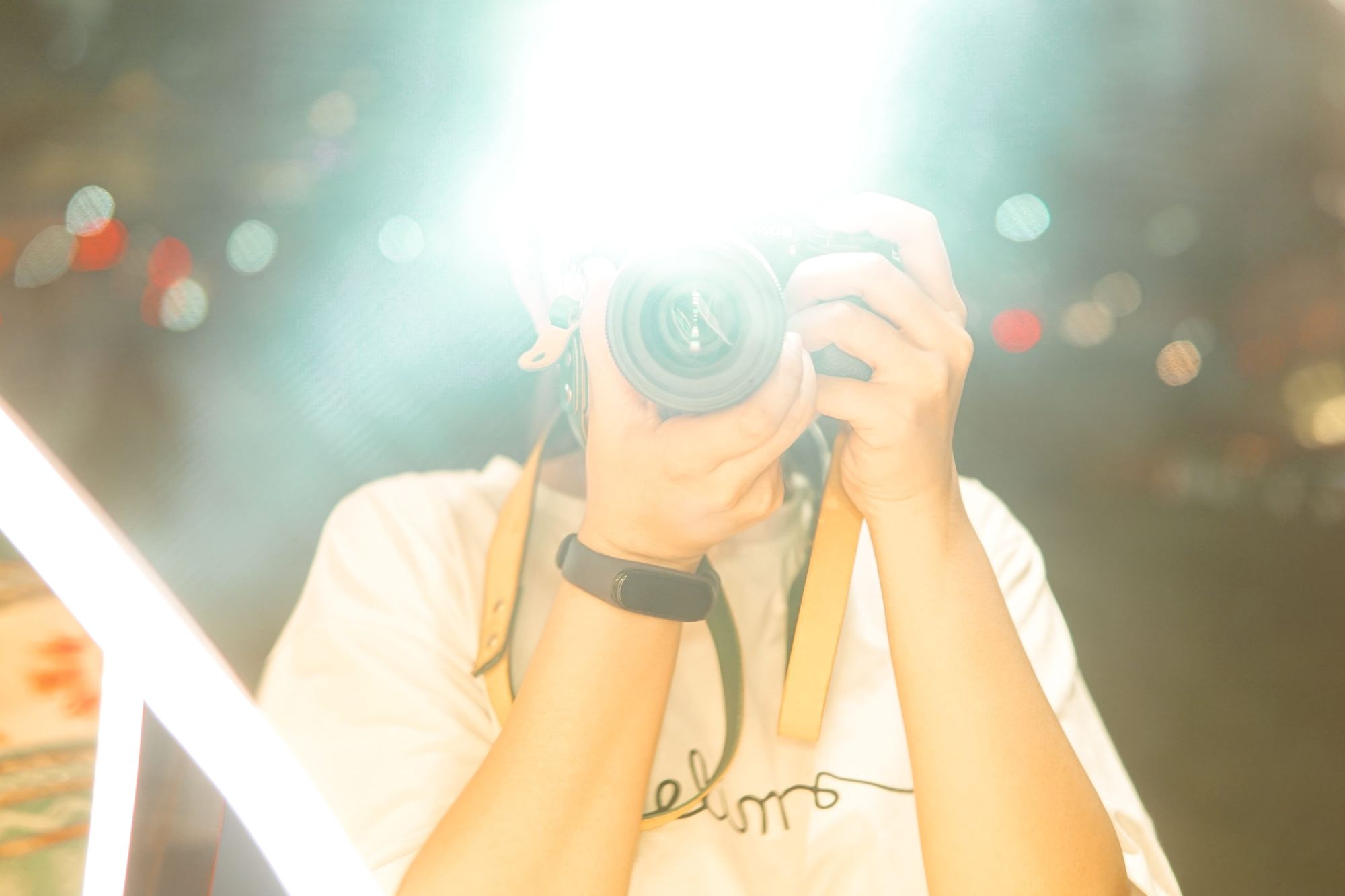
For many types of photography, a flash is essential. It matters if you want to take pictures of people in dark environments or if you want to shape and mould the light that shines on your subject. It's also an excellent way to brighten dark shadows, even during the day.
If you're interested in advanced flash photography, consider getting an external flash that can work without being attached to your camera. These flashes are incredibly useful as they can make a photo look professional.
A little warning, though: Lighting is tricky. That goes for both novice and professional photographers. So, don't go bound yourself in the head if you don't ace the use of flash the first time around.
Find a flash that fits your purpose, by renting or subscribing to lighting.
Reflectors
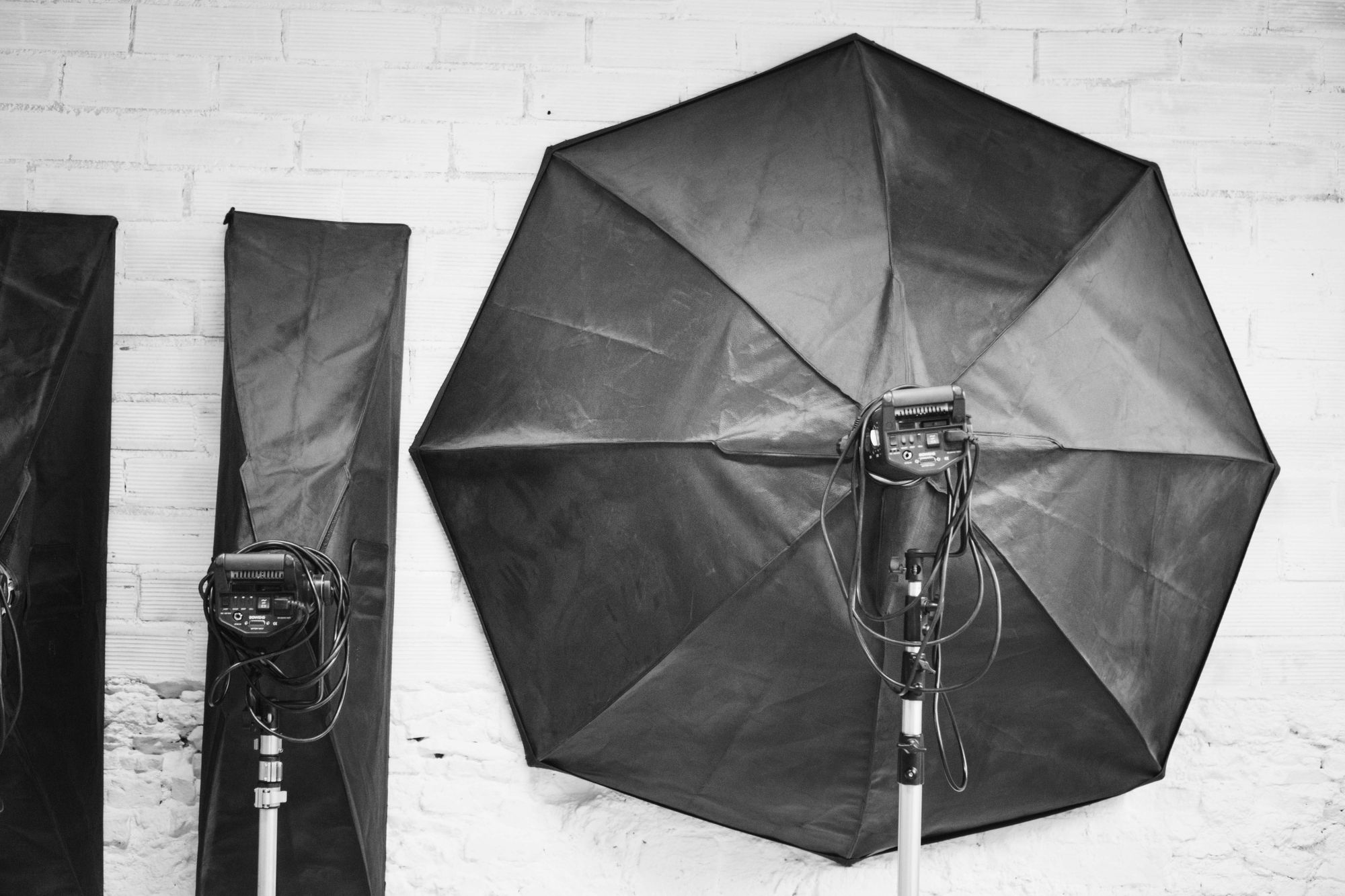
Reflectors are the kind of tool that pretty much does what it says it does – it reflects.
A reflector is a piece of easy yet versatile camera equipment. You can use it to redirect light onto a subject or a scene for a more diffused and natural look. You'll find reflectors stashed in both professional and beginner's photography gear bags.
There exists a range of different types of reflectors. Each type supports other surfaces that absorb or bounce light away to varying degrees. For instance, a gold reflector will warm the light. A silver reflector will significantly increase contrast and brighten shadows, while a white reflector will retain colour temperature producing a much softer, more subtle light.
Find the reflector that fits your purpose.
Or try them all by renting or subscribing to a reflector.
A memory card
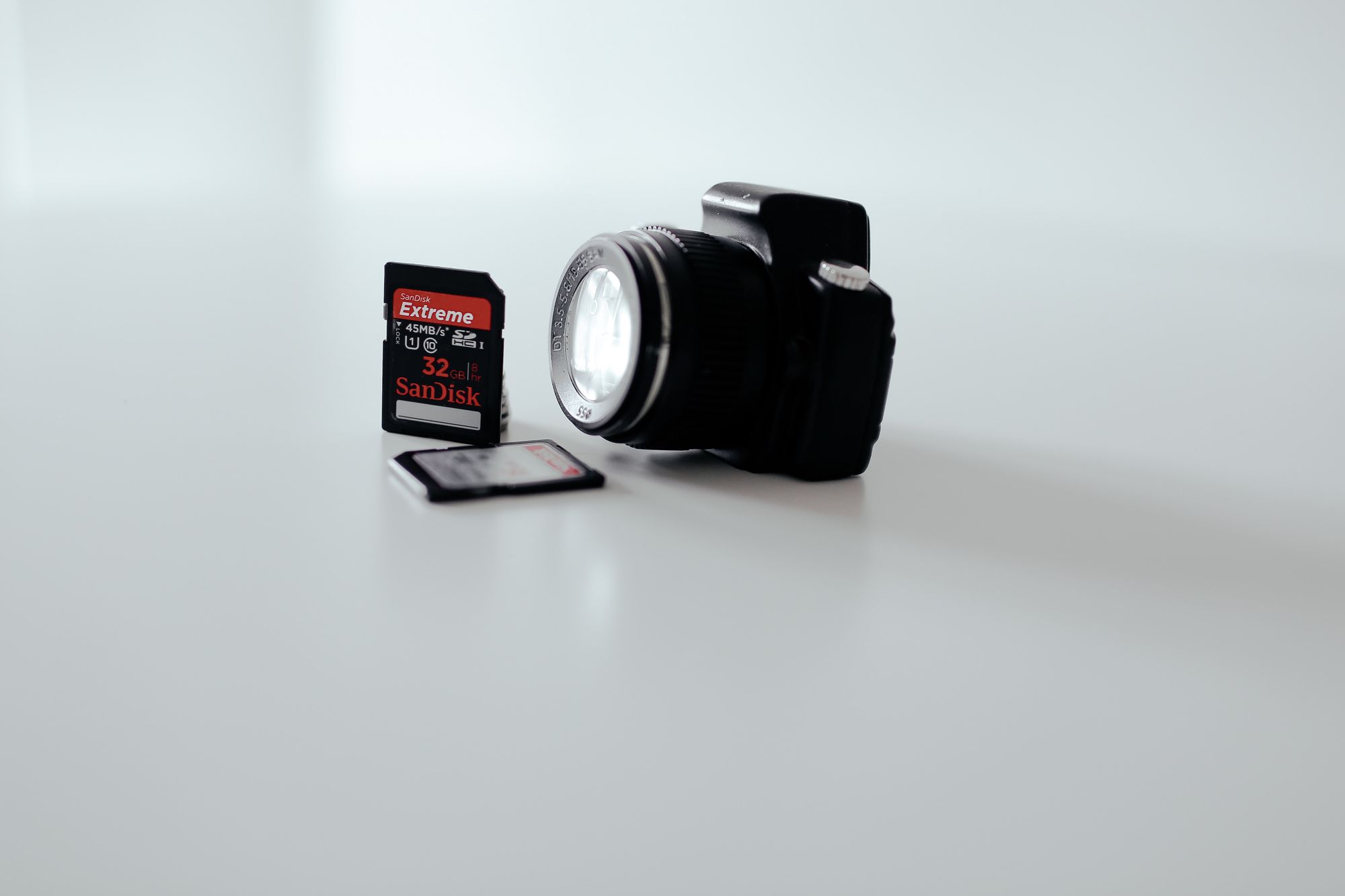
The next item on our must-have photography gear list; is a memory card.
Adding memory cards to your photography equipment list is essential.
Memory cards store photos and lets you transfer them from your camera to your computer.
There are primarily two reasons as to why memory cards are an essential item. Firstly, storage.
Already saw that one coming?
Get a memory card that can hold plenty of photos — ideally well over 1000 photos, if not more. Find a memory card that's at least 16 GB, ideally, one that has 32 GB, 64 GB or more.
Secondly, speed. As cameras pump out bigger and bigger files, your memory cards need to keep up. Fast memory cards come with several benefits, and one of the biggest is that they minimize the time your camera spends "buffering" (locking up to process a burst of photos). A fast memory card will save you time in the field and let you take longer bursts more easily.
Get your hands in a memory card.
A camera bag

Bags aren't just for when you want to make a fashion statement.
A camera bag is fundamental. It protects your expensive gear, provides a safe and easy way to transport your camera equipment and sometimes, yes, sometimes you can even make a fashion statement (you might want to stay clear from the Eastpak with a pink unicorn, that's so last season).
Luckily, unlike cameras or lenses, getting a camera bag is easy, like Sunday morning. Picking a good one is mostly common sense — if a bag is comfortable, fits your equipment well, and offer the protection you need – go for it.
Filters

Filters. More essential camera gear in a photographer's toolbox.
Think of filters as sunglasses for your lens. Sure, you can go to the Philippines without sunglasses, but should you?
Place your filter in front of your lens (well, to be precise, it will go behind your lens) to alter the light that your camera captures.
Although most digital cameras take excellent pictures nowadays, some filters simply can't be replicated in post-processing.
Choose between four primary filters. Between us two, you won't be needing all of them when you're starting. The most important one is the polarizing filter. From there, you can always add more filters to your camera equipment.
Rent or subscribe to either of the four primary filters.
A polarizing filter
Has a significant effect on your photos. The filter darkens the blue sky and decreases specific reflections in an image. Polarizers come in a secondary rotating mount, which you manually use to change the effect. They darken overly light skies and increase the colour saturation. When used on water surfaces, they eliminate glare and reflections.
A clear filter
Also known as a UV filter, is a transparent filter that protects your lens. They have a coating on their glass that blocks the ultraviolet light waves to reduce haziness. Their primary use is to protect the front element of your lens from damage, dirt, dust, and splashes of water.
An ND filter
Reduces the overall amount of light that reaches your camera sensor. It means that shutter speed decreases and exposure increases. In simple terms, they're darkened pieces of glass. You should use them if you want extra motion blur in your photos, such as smoothing out waterfalls, or if you're trying to do flash photography in bright conditions.
An ND graduated filter
Transitions your image smoothly from dark to clear. It's helpful if you need to darken a portion of your photo selectively while leaving the rest of the picture unaffected. Remember, it's not meant for the filter to stay on camera all the time, so use it only when necessary.
Make sure you get a filter that fits the diameter of your lens. Filters will not do much for your photo if they're not sitting on the actual lens.
Spare batteries
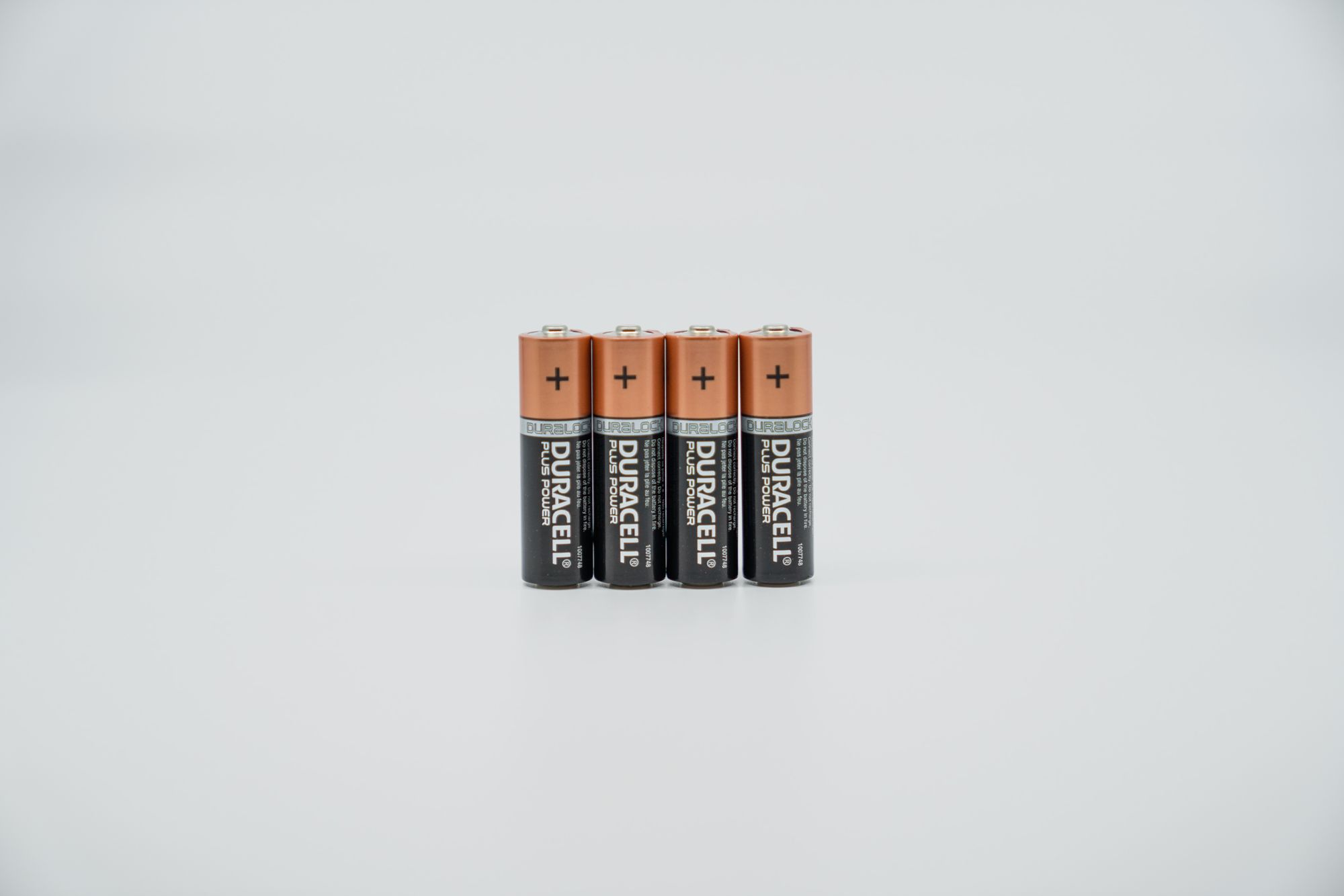
Imagine; You get lost in a new city. You're alone. It's getting dark, and you want to get back to the hotel as quick as possible.
So, like any 21st-century human, you turn to your phone, your forever knight in shiny armour. The problem?
You've run out of battery.
Now, I don't feel like finishing this story, as it ends up with shaved heads, Mike Tyson face tattoos and a stolen monkey – but my point is that; your camera works much the same way.
No battery, no help.
Once you've run out of juice, your device is done. And this doesn't just include your camera. It'll affect your external flash, light meter, and any other portable device you may decide to add to your photography equipment kit.
So, make sure you stock up on extra batteries and chargers designated specifically for your camera (and other devices).
The original manufacturer's battery is more likely to perform at the highest standards. However, plenty of photographers use off-brand batteries without any issues. Just remember to investigate which battery models, that'll be compatible with your camera.
Rent or subscribe to spare batteries that fit your camera equipment.
Monitors
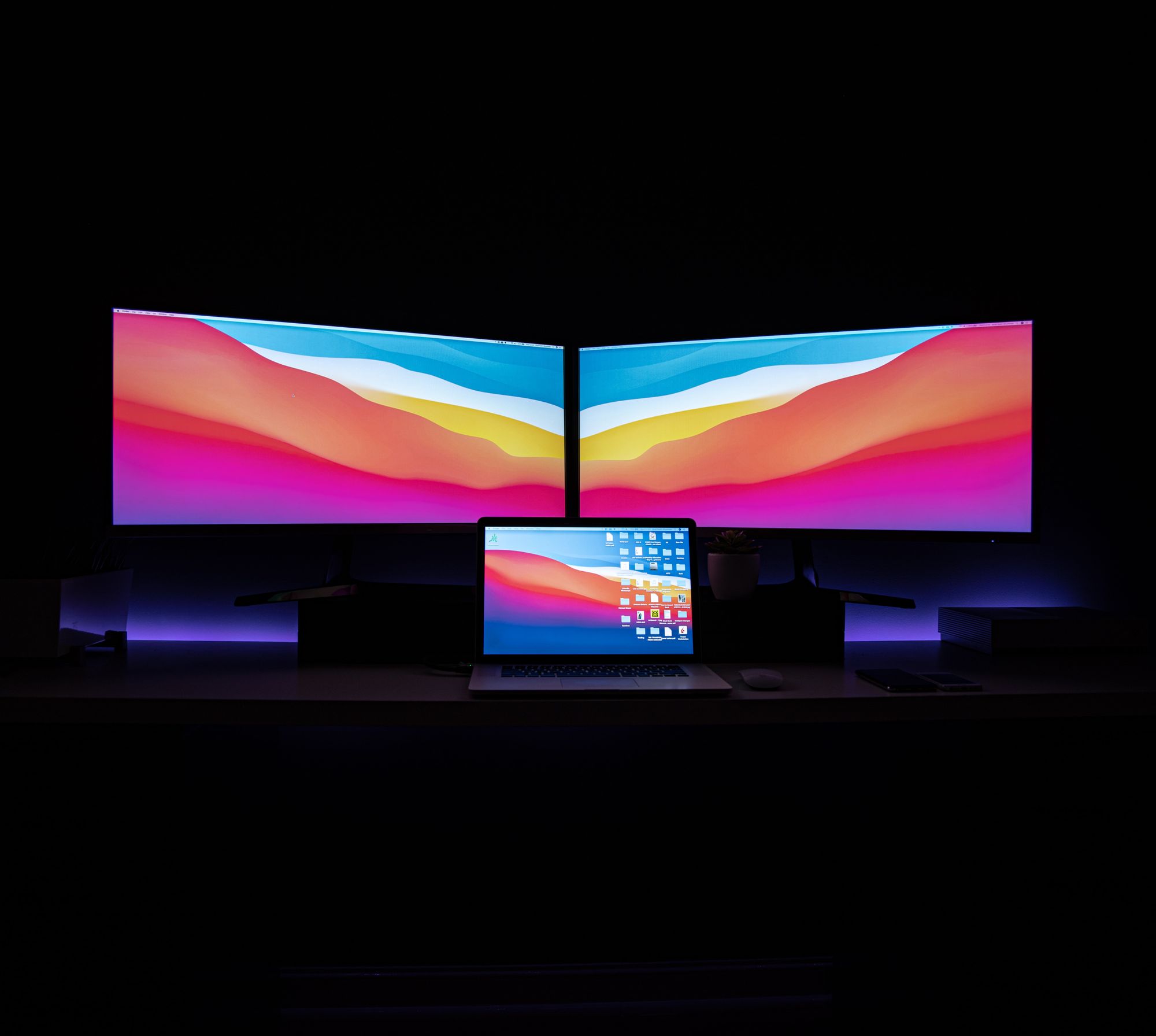
A camera monitor is also some camera gear you should add to your list. As a beginning photographer, your current monitor might not be good enough for serious editing work.
It's essential that the colours you see on your computer monitor mirror the colours you've captured with your camera. Otherwise, the edits you make to a photo will be fundamentally flawed. A good monitor can display the most incredible range of colours and give you the best colour reproduction.
A cleaning kit
Cleaning your camera gear isn't the fanciest part of a photographer's job description, some might say. Which I think is a mistake. Clean is good.
You ever walked into a hotel room and said: "Wow, this is great; I like how dirty it is"?
Presumably not. And when it comes to camera equipment, ensuring your gear is clean is even more critical than bad ratings at booking.com.
Seemingly minor smudges can distort details and get in the way of a photo's overall sharpness. So, having cleaning materials readily at hand ensures that any issues your camera has will be taken care of immediately.
To maintain your camera, lenses, filters, and other camera gear, you'll want a cleaning kit. That includes microfiber cloths and cleaning spray.
There are plenty of options out there, including wet-cleaning solutions and dry-cleaning products like sensor brushes.
A post-processing software
Most photographers will edit their photos one way or another.
To join the editing movement, you'll need some post-processing software. You can use the free software that typically comes with your camera or computer.
As you move up the photography ladder, the free editing programs might not have enough features to transform your pictures as well as you'd like them to.
So, where to go from here?
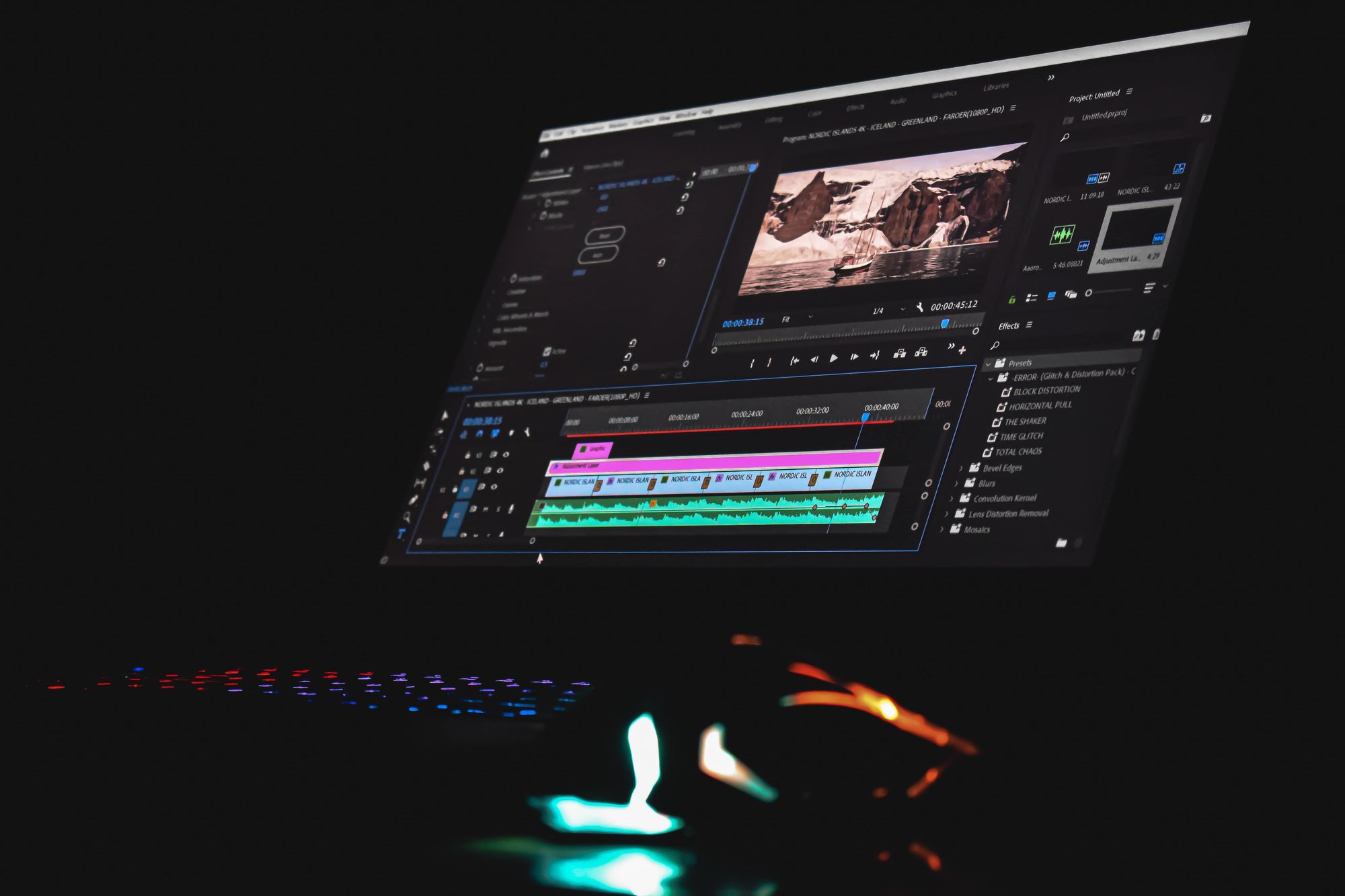
My answer will greatly depend on who's asking – and given as we haven't formally met, it's challenging to list the post-processing software program best for you.
However, some good and pretty straightforward editing software includes Adobe Photoshop. It's a robust editing program primarily aimed at graphic designers, digital artists, and photographers. Specifically, Adobe's Lightroom is a very dedicated editing program for photographers.
If not Lightroom, what then?
You can try the Affinity Photo software (for you on a budget) or Capture One Pro (for you with a lot of dough to blow off), which are good alternatives to Adobe Photoshop.
Whichever editing program you choose, make sure you stick with it (at least for a while). First times are complex, and that goes for everything – including figuring out how to colour grade, adjust white balance, make your muscles look flexed… all those things that happen when editing your photos.
So, try to become familiarised with the software you choose. Then you should be able to learn it in-depth over time.
Other camera equipment
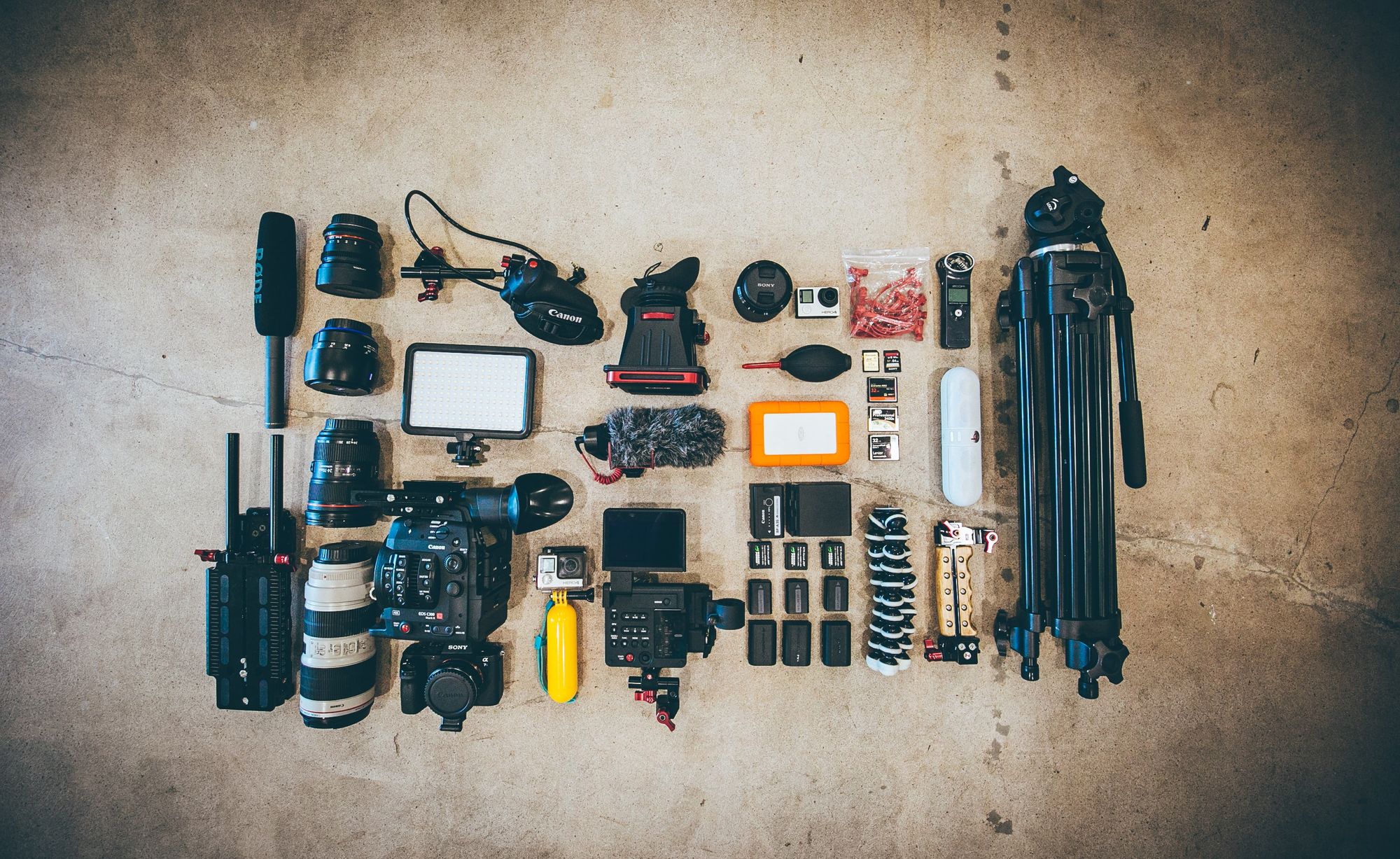
I know.
You must be thinking, Is she not done yet?
Well, you could stop reading now and walk away with a thorough camera equipment list. All the mentioned items above should give you a good head start. However, there are more (well, a lot more) photography gear that could be nice for you to consider, if not now, then certainly when you get a little further in your photography journey. Also, do you really want to miss my poorly-written bad-dad jokes?
All are waiting for you in the following.
A lens cap
A lens cap is the type of camera equipment that's nice to have, no matter the type of photography you want to pursue.
Its purpose?
To protect your camera lens – as simple as that.
An external hard drive
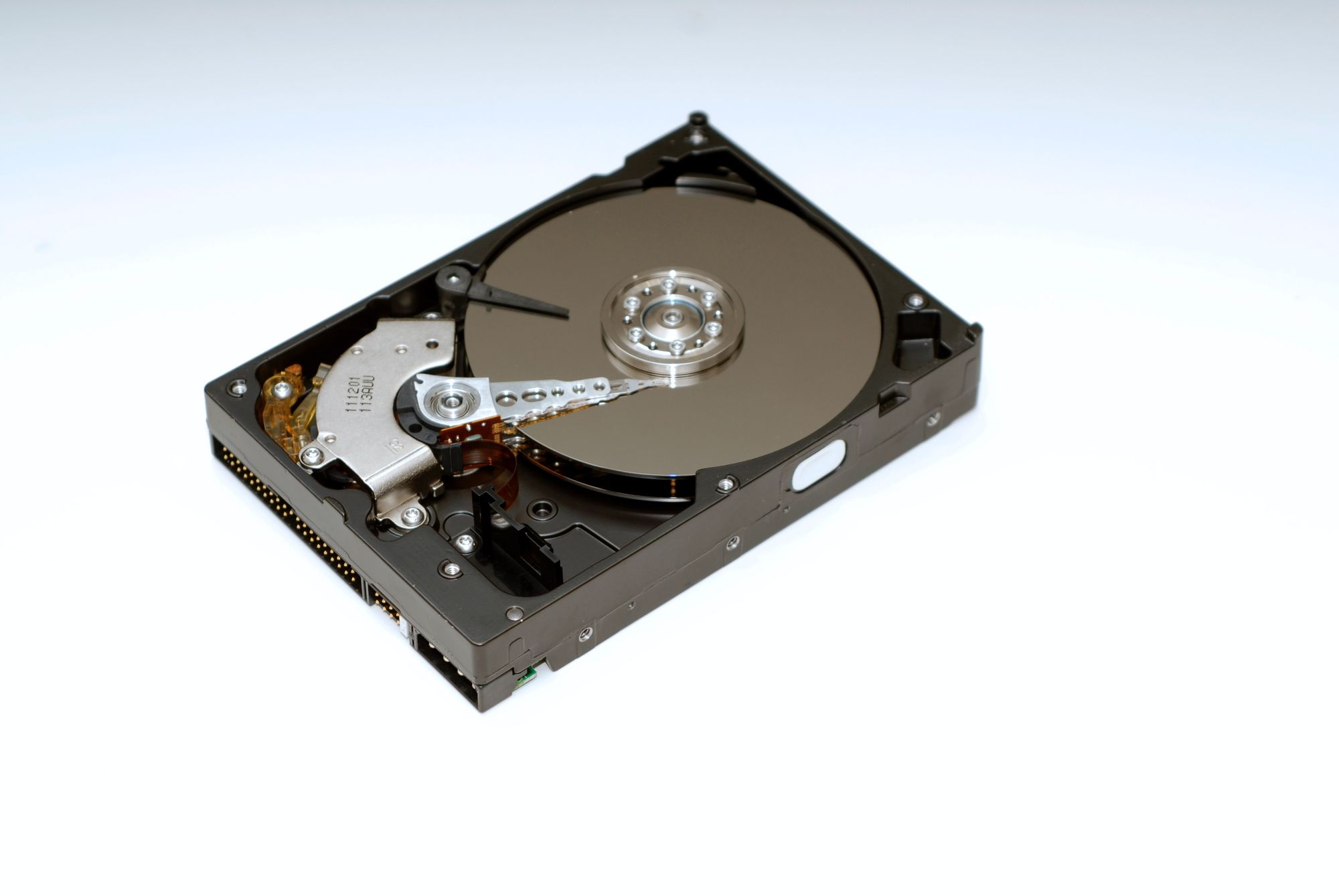
It might not be crucial for you to get an external hard drive right now, given you're just starting and might not have that many pictures to lose. However, at some point, you will!
Having a catalogue of images tucked away can offer peace of mind should your computer suddenly fail – but that's just being extra cautious. Because who has ever heard of a computer crashing?
Aside from providing you with extra security, external hard drives are just plain useful. As the output quality of cameras continues to improve, the image files are growing larger and taking up significantly more space.
A grey card
Use a grey card (or an Expodisc) to get the most accurate results. A grey card helps adjust your custom white balance, which refers to the temperature of your photo.
You should use a grey card to aid your camera in reading the colours of the scene so you avoid getting too yellow or too blue an image. Using a grey card will save you an hour or five in post-processing.
A camera rig case
A camera cage comes in handy when you want to protect your camera body. If you drop-it-like-it's-hot, or it gets scrapped somehow.
A camera rig case will protect your camera from getting damaged.
A light meter
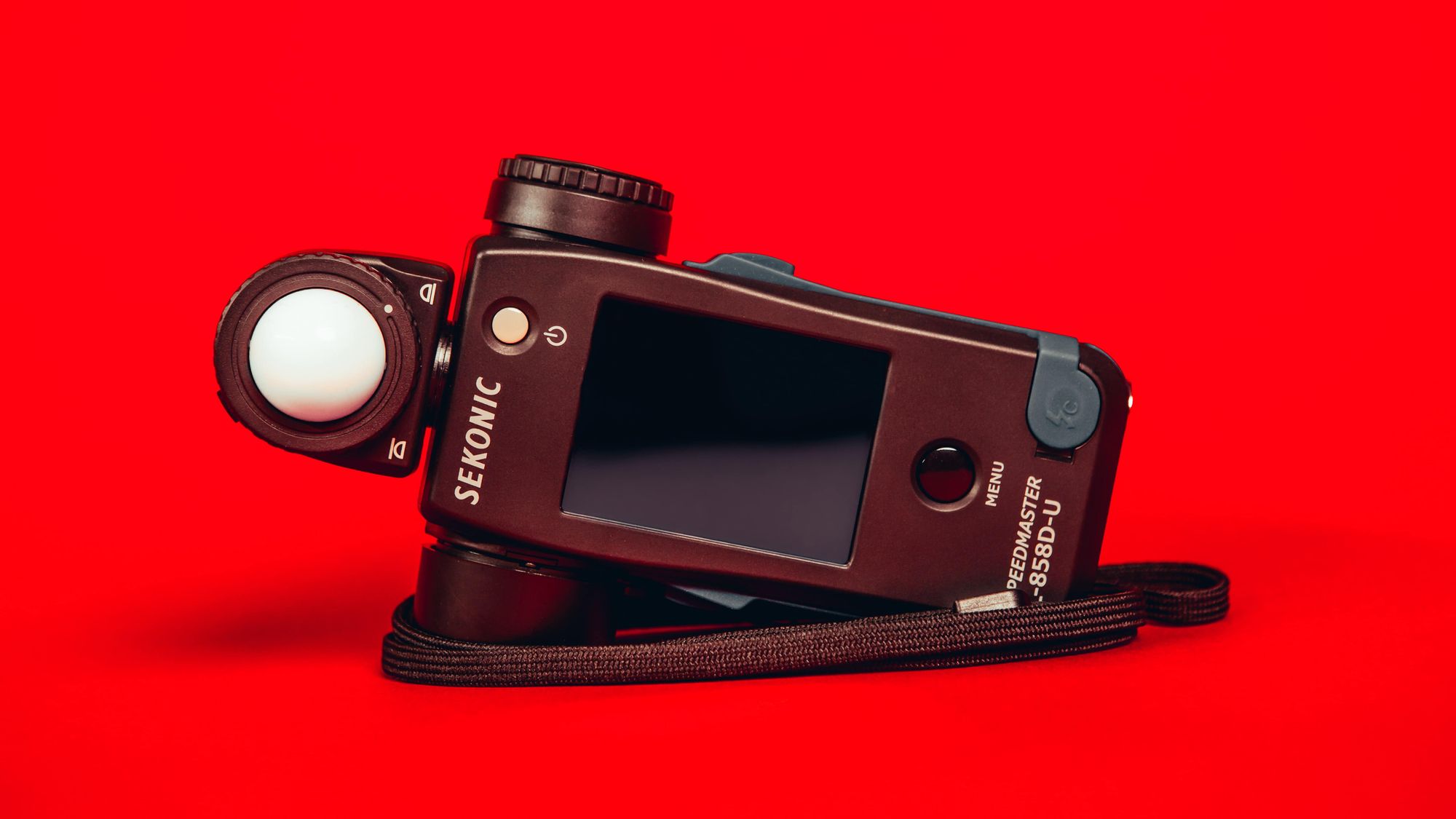
Often, your camera has a light meter built into it. And while that's good enough for some, you kept reading, which tells me, it's not going to be good enough for you.
Get a hand-held light meter as a lightweight, inexpensive, and occasional best friend in situations where you want to find the most accurate exposure setting.
A light meter can prove to be especially helpful if you're working with multiple lighting sources such as a reflector or flash. You can, of course, take a swing at it and guess. But you might miss—worst-case scenario, losing the shot. So, use a light meter and get your lighting situation right.
Silica Gel Packets
Get them. Leave them in your camera bag. Forget about them.
Silica gel packets will eliminate moisture within your gear.
If there's something photography gear doesn't work well with – it's moist. Moist is like rust on your new Porcha – really freaking bad.
If you've ever seen a lens with fungus growing inside or a corroded lens mount, you know what I'm talking about. Fact is, you don't even have to take your photography equipment out in the rain for this to happen. Most often, moisture occurs as a result of quick temperature changes as you come back indoors.
Help your gear out and keep several packets of silica gel in your bag and gear pouches.
Gaffer Tape
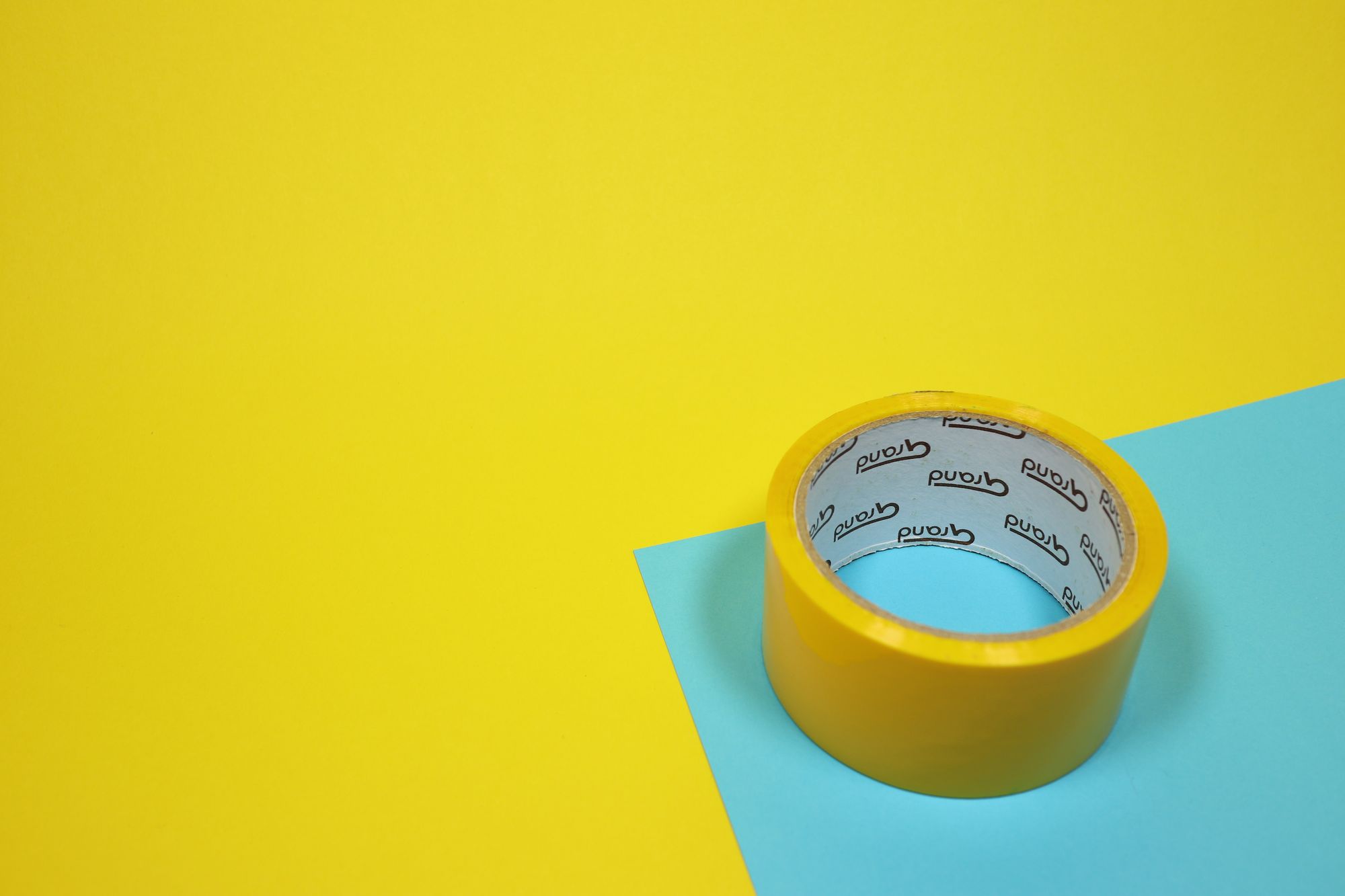
You didn't count on this being part of your camera equipment list?
Well, let me turn it around.
Have you ever tried doing something where gaffer tape wasn't useful?
It's like duct tape, which is excellent for…. Everything. Gaffer tape is the photographer's equivalent.
You'll never know when you'll need it, but you'll need it!
Potential uses? Where to start!
Use gaffer tape to hold up an impromptu background, patch a leaky rain cover, secure your external flash, organize all those power cords, lock your focus ring, secure a broken tripod leg, narrow the beam of your flashlight, attach a bounce reflector, mark your dead batteries – should I continue?
Trash Bags
Again, not technically camera gear, but it is a great help to have them on hand.
A trash bag can be your best friend in a rainstorm – protecting your camera, your gear, or you when things start pouring.
It weighs almost nothing, takes up minimal space, but can save you or your gear.
It's also handy for many other situations.
Toss it on wet pavement or muddy ground for a temporary tarp. Slip it over your camera and use a skylight filter to affix it to the front of your lens for a quick rain cover. If you find yourself in a sudden downpour, slit it open and create a lean-to shelter for you and your gear while you wait it out. Use it as a sunshade for your model between shots. You can even fill it with sand to use as a beanbag-style rest for your camera or weight to stabilize your tripod.
I usually use it for sack race – so, in fact, it can also work as entertainment between shoots.
What's next?
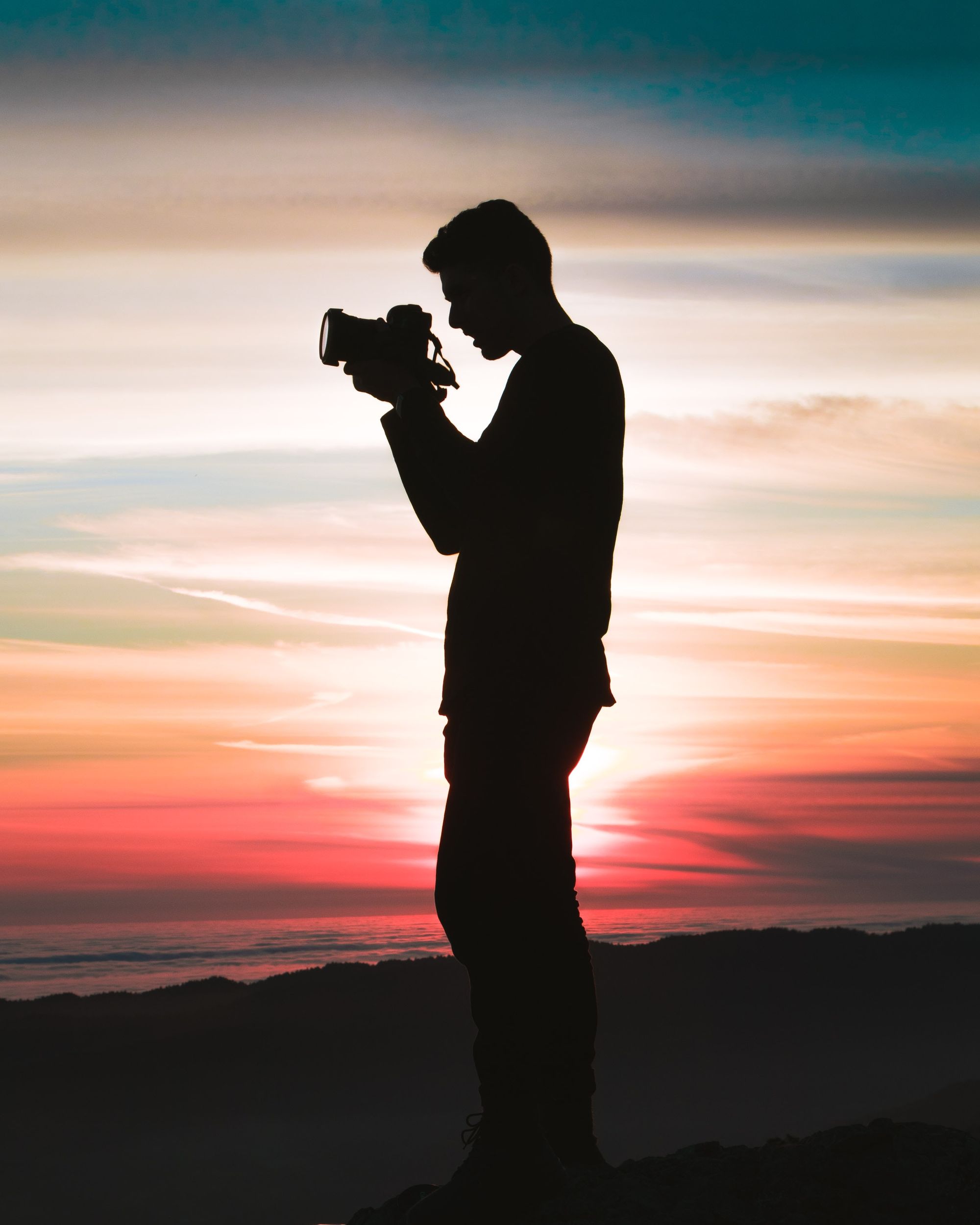
In case you're keeping track, that's a lot of camera equipment.
However, before you go on a spending frenzy, start with a camera and a lens – and then work from there, and go slow – you don't have to rush it.
You made it to first base. Let's make sure you get to third.
Start by renting or subscribing to a camera and a lens. Then as your knowledge about photography grows, so will your camera gear.
Now that you got the basic camera equipment for photography covered. Let's make sure you get the basics of photography covered.






















